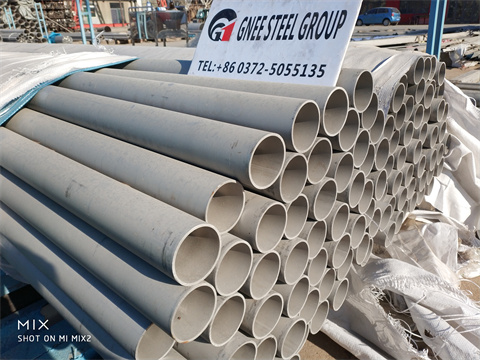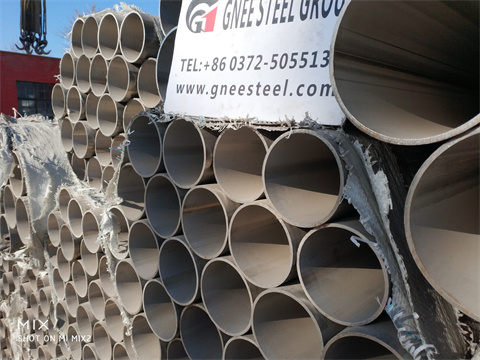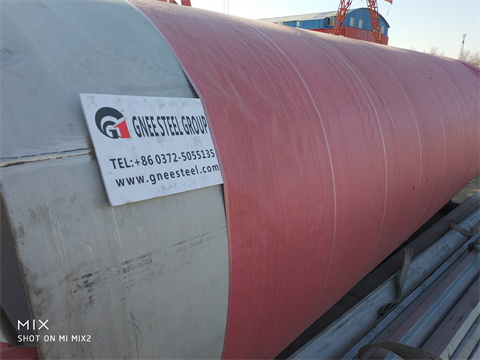Stainless steel is an alloy containing iron (Fe) as the main component (50% or more) and chrome (Cr), nickel (Ni), etc. Stainless steel is a material with excellent mechanical properties, fire resistance, low-temperature characteristics, toughness, workability, etc., including corrosion resistance.
Therefore, it is hard to rust, which is the biggest feature. It also has high strength and excellent heat resistance, and low-temperature resistance. Due to these properties, it is used in a wide range of products. For example, construction, civil engineering, kitchens, precision equipment, home appliances, industrial equipment, transportation equipment, etc. There are various specifications for the surface finish of stainless steel, and the most frequently used are “hairline (HL)”, “mirror surface (BA)”, “2B”, and “striped plate”.















